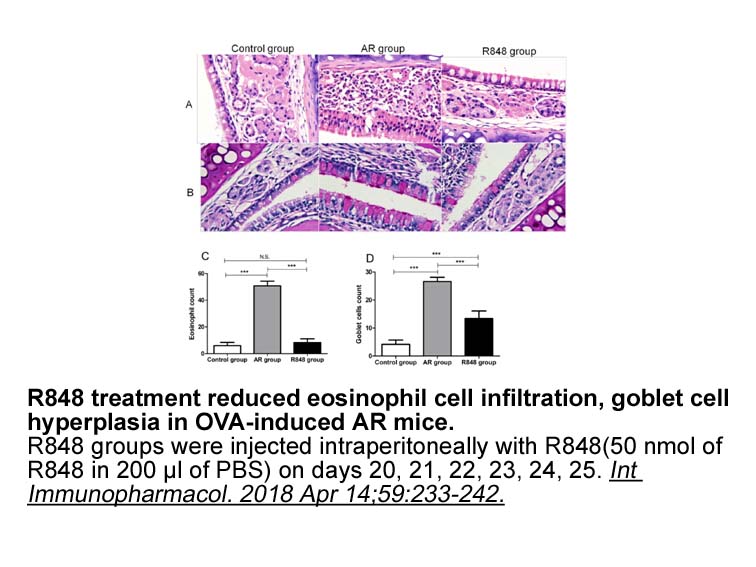Archives
br Resource table br Resource Details br
Resource table
Resource Details
Materials and  methods
methods
Verification and authentication
Resource table
Resource Details
Materials and methods
Pluripotency assessment
Sterility testing
Verification and authentication
Resource table
Resource details
Human skin fibroblasts, obtained by skin biopsy of a symptomatic, male 33-year-old spinocerebellar type 2 (SCA2) patient (anonymized as H271), were reprogrammed using episomal vectors carrying transcripts for human OCT4, SOX2, KLF4, L-MYC, LIN28, and small hairpin RNA for TP53 (Okita et al., 2011). The clone described in this publication was termed H271 clone (c) 1. The absence of the reprogramming plasmids was confirmed by quantitative PCR (qPCR) on genomic DNA (Fig. 1A).
SCA2 is a dominantly inherited neurodegenerative disorder caused by a mutation in the ATXN2 gene. Normal bromodomain inhibitor contain 22 CAG repeats with CAA interruptions (also coding for glutamine), whereas disease causing alleles contain trinucleotide repeats of 33 or more CAGs (usually without any CAA interruptions) (Pulst et al., 1996). The repeat lengths for patient H271 were determined to be 22 and 44 by fragment length analysis (data not shown) and confirmed to be present also in iPSC line H271 c1 by sequencing both alleles individually (Fig. 1B).
Furthermore, the expression of key pluripotency genes was observed both on RNA, as well as protein level, as demonstrated by qRTPCR analysis and immunocytochemistry, respectively (Fig. 1C and D). Additionally, the cells had the capacity to form derivatives of all three germ layers upon embryoid body differentiation (Fig. 1E). Taken together, this validates the true pluripotent potential of the generated iPSC line.
Materials and methods
Acknowledgments
We would like to thank Dr. Keisuke Okita and Prof. Shinya Yamanaka for providing the plasmids. Furthermore, we would like to thank Ida Jørring and Anita Pacht for excellent technical assistance. This project was funded by the European Union 7th Framework Program (PIAPP-GA-2012-324451-STEMMAD) and Innovation Fund Denmark through BrainStem.
Resource table
Resource details
An induced pluripoten stem cell (iPSC) line had been generated from human skin fibroblasts of a male, symptomatic 52-year-old spinocerebellar type 2 (SCA2) patient (anonymized as H196) using episomal vectors carrying transcripts for human OCT4, SOX2, KLF4, L-MYC, LIN28, and small hairpin RNA for TP53 (Okita et al. 2011). This cell line, H196 clone (c) 7, has been described as a bona fide iPSC line with a normal karyotype (Marthaler et al., submitted to Stem Cell Research).
We have generated a gene-corrected clone of H196 c7 using the CRISPRs/Cas9 system (Ran et al. 2013), where the expanded 36 CAG region in the ATXN2 gene has been replaced with a wildtype 22 CAG repeat (Fig. 1A). Successful exchange was validated by sequencing (Fig. 1B). We have furthermore confirmed that the DNA sequence stayed intact and no frameshift or other mutation had been introduced into the gene edited site, by analyzing the region around the CRISPR cutting site (nucleotide 119–141 in Fig. 1A).
Subsequently, we confirmed that the gene corrected clone of H196 c7, termed H196 c7 GC, remained truly pluripotent. This was demonstrated by expression of key pluripotency markers on RNA, as well as protein level (Fig. 1C and D ). Additionally, H196 c7 GC retained the potential to differentiate into cell types of the three germ layers upon embryoid body formation (Fig. 1E). More importantly, no genetic chromosomal aberrations were introduced by the gene editing process and the cells still exhibit a normal karyotype (Fig. 1F).
In summary, we have generated an isogenic, gene-corrected iPSC line of an existing SCA2 iPSC line. Together with two more SCA2 patient-derived iPSC lines and their corresponding isogenic, gene-corrected controls (Marthaler et al., submitted to Stem Cell Research), they will serve as an ideal study tool for in vitro disease modeling of SCA2.